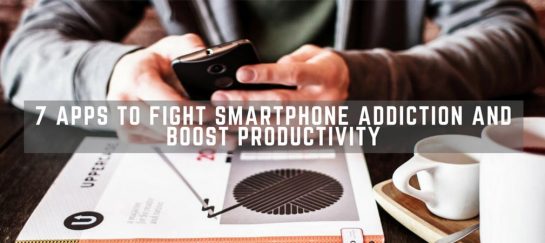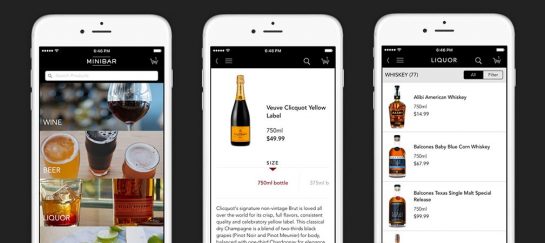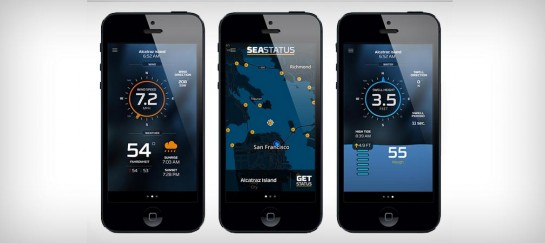
Impact of 5G on Mobile App Testing
4G served us well. It made some significant contributions to mobile CX, like making the Internet faster, introducing high-quality video streaming, and reducing lag. Yet, with the arrival of the fifth-generation wireless network, or 5G, 4G is now taking a back seat.
It’s engulfing millions, if not billions, of devices and people and is thus becoming an integral part of online ecosystems. 69% of top-level networking executives also rank 5G as a crucial wireless channel for executing business activities.
What Does 5G Bring To Users
5G connectivity primarily benefits load times. Testing for 5G has shown promising results, but the underlying infrastructure will determine its speed. With 5G, download speeds could range from 10 Gbs to 50 Gbs, compared to the 300 Mbps theoretical limit for 4G. Further, 5G benefits extend far beyond increased speed; for example, consider the improvements in latency, capacity, and quality.
Interruptions in software operations are a common cause of customer churn since they degrade the user experience and make consumers less likely to return. No one intends to run into problems like that, much less pay to have them fixed. 5G, with its near-zero latency, has the potential to reduce data transfer times by 200 times faster than 4G to as little as one millisecond.
As a result of its superior speed and latency, 5G paves the way for more devices to connect to the same local network at once. It extends the capabilities of AR and VR beyond what’s possible with today’s mobile Internet and helps solidify the new era of IoT.
Who Benefits?
Since most customer interactions occur online, faster network speeds can help improve the customer experience. The rise of cutting-edge video apps, advanced AR/VR-based software, always-on home gadgets, and many more innovations are revolutionizing the online user experience and boosting the CX provided to these customers.
Companies in the telecommunications and media industries can benefit from the Internet and other networks through integrated, fifth-generation connectivity. As a result, companies are getting ready to introduce cutting-edge 5G-based projects to amaze their existing clients and attract new ones.
In addition, 5G wireless technology can facilitate dramatic software revolutions by lowering expenses and increasing output. By implementing it, businesses can improve energy monitoring and management, as well as generation and distribution, which fuels expansion.
The proliferation of 5G will impact mobile app development because of the increasing sophistication of mobile devices and connectivity options made possible by 5G. What deliverables indicate efficient mobile app development?
Increase In File Transfer Speed
5G improves data processing, which means more information handling capabilities, thus improving app speed.
Scaling Up IoT Implementation
It shortens the time it takes to link billions of devices, bringing us one step closer to completely smart homes and cities.
Improved Integration
Using 5G, you can seamlessly integrate cutting-edge technology like 3D modeling, cloud-based services, and improved GPS.
Improved Battery Life
5G requires less energy and increases app engagement thanks to its faster speeds, lower latency, and reduced reliance on hardware.
Naturally, such technological advancements necessitate meticulous quality testing before release.
5G For Mobile Apps
The more sophisticated mobile app development gets, the more work companies have to put into 5G user experience testing. Improvements in reaction time, data processing, and the availability of fresh technologies are pushing the limits of mobile app testing and software QA. However, concerns about 5G are mainly network-related rather than related to the many potential uses for the technology.
Testing Types 5G Will Modify And How We Can Navigate These Changes
Network Connectivity
The drastic shift in speed and performance may necessitate adapting to new test conditions. With 5G testbeds, quality assurance specialists may check the signal coverage, validate the 5G architecture, and identify any connectivity issues at the hardware level.
Security Testing
An IoT-enhanced society amplifies safety concerns. Its ability to scale to various devices that store a plethora of user data revolutionizes the concept of data security and privacy. Due to the severity of the consequences of a security breach, IoT-based software development must undergo rigorous security testing before being released to the public.
Compatibility Testing
Approximately 500 mobile phones and other devices are already 5G-compliant in the IT market. The numbers will continue to rise, necessitating more storage space for experimental tools. Software verification on actual devices is more trustworthy than on emulators because it more closely simulates real-world user conditions. And because so many devices aren’t 5G-capable, it’s essential to test 5G-focused apps on lower-band devices to ensure they’ll run correctly.
Performance Testing
A better file transfer, an increased speed, and a meager chance of delays necessitate using highly trained professionals to test software performance. 5G will connect the gap between the fifth generation and legitimate networks and become the de facto standard for mobile apps. Mobile software interactions must be rigorously tested and verified across various hardware configurations to ensure the best possible performance in this heterogeneous setting.
Conclusion
As a technological breakthrough, 5G connectivity paves the way for the widespread use of IoT, AR, and VR technologies and a new standard in mobile applications.
Development and testing of mobile apps will benefit most from 5G, and with proper testing, 5G-focused apps benefit corporate expansion and consumer happiness.
Daily Newsletter
Subscribe to Jebiga for a dose of the best in gear, design, rides, tech and adventure.






